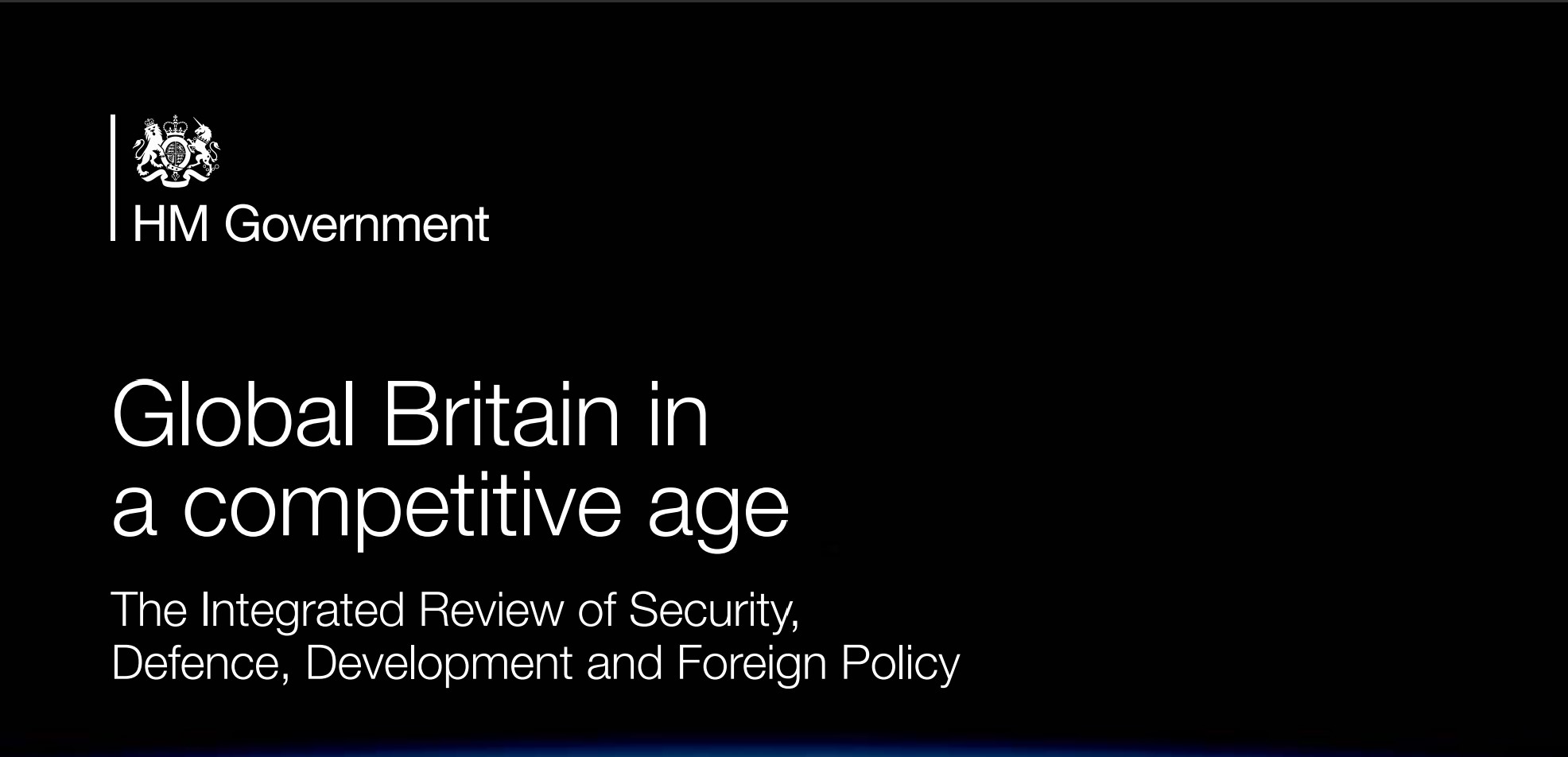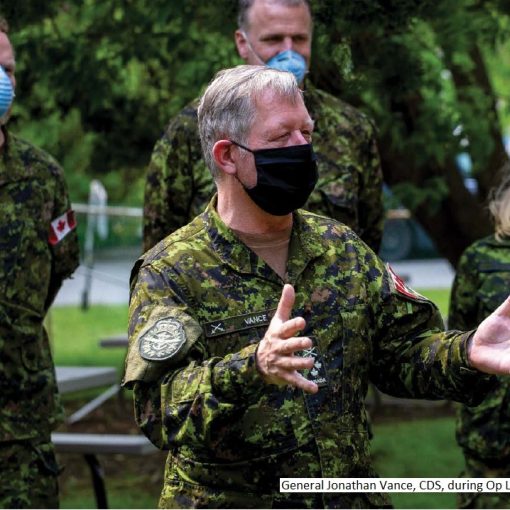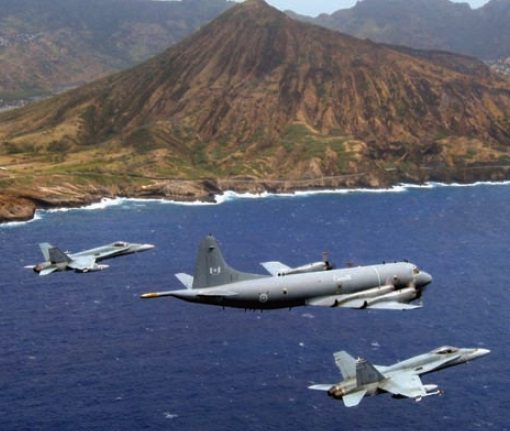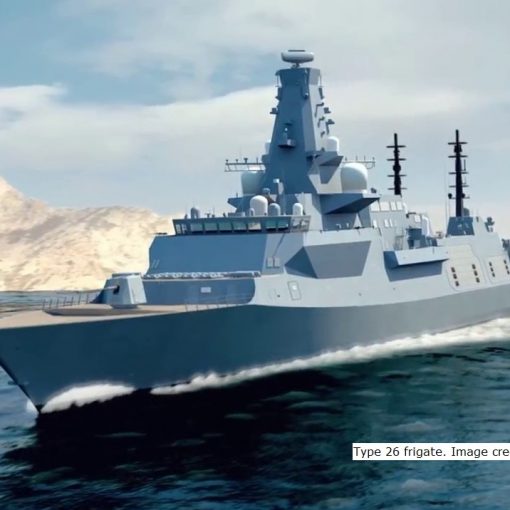Mark Sloan, 25 March 2021
The UK Government has now published The Integrated Review of Security, Defence, Development and Foreign Policy (Integrated Review), and the Defence Command Paper “Defence in a Competitive Age.” The Integrated Review establishes the high level context against which decisions concerning size and shape of the UK’s Armed Forces should be made. The Defence Command Paper then sets in train review and implementation of the defence policy related elements of the Integrated Review. The two documents taken together are a long read, but it is recommended that both are read in order to gain a more complete understanding of the background to the decisions set out in the Defence Command Paper.
As with any defence review, there will be a wide range of opinions about the decisions made. And, it is only in hindsight that the validity of those decisions can truly be measured, because so much is based on assessments of what the future context, and need, for a wide spectrum of potential military operations is likely to be. Only time will tell how accurate they are! Within a finite budget, there is also the unpalatable need to consider capability removal and gaps as a means to fund the introduction of updated or new capabilities and ways of operating. This Command paper is no different in this regard, and such gaps can be very emotive, and undeniably represent an area of risk to the overall defence capability for the time in which they endure. I am certain that readers will have their own opinions.
What is clear from the documents is that, among a number of initiatives, the importance of being able to operate effectively, and in an integrated manner, under, on, above and from the sea, anywhere that the UK has national interests, has been given a new emphasis. This covers the full range of operations from the nuclear deterrent down to military aid to the civilian authorities, for example. There is also clear recognition of the increasing opportunities offered to maritime operations by uncrewed and autonomous systems, and of the essential and growing contributions of capability in the cyber and space domains. Importantly, steps to further develop the supporting industrial, technological, and research and development effort are also highlighted.
Is it a good review of the military capability required to meet the UK’s Security, Defence, Development and Foreign Policy in 2030, and of the changes needed to realise the vision? To this reader it seems to offer a coherent review, albeit with some painful decisions. However, as always, the keys to success will be whether funding and policy (aspirations) are matched, whether timescales for delivery are realistic, and whether the overall resulting defence capability of the UK is indeed agile enough, and sufficient, to meet challenges in the ever evolving strategic, operational and tactical context in which armed forces will be employed whether nationally, or in coalition, across the full spectrum of tasks. As the Secretary of State for Defence writes at the end of his foreword, “The success of this Defence Command Paper should not be judged on the sophistication of all the words that follow but our implementation of its reforms. And, ultimately, on the delivery of the capabilities into the hands of the men and women of our armed forces.”





